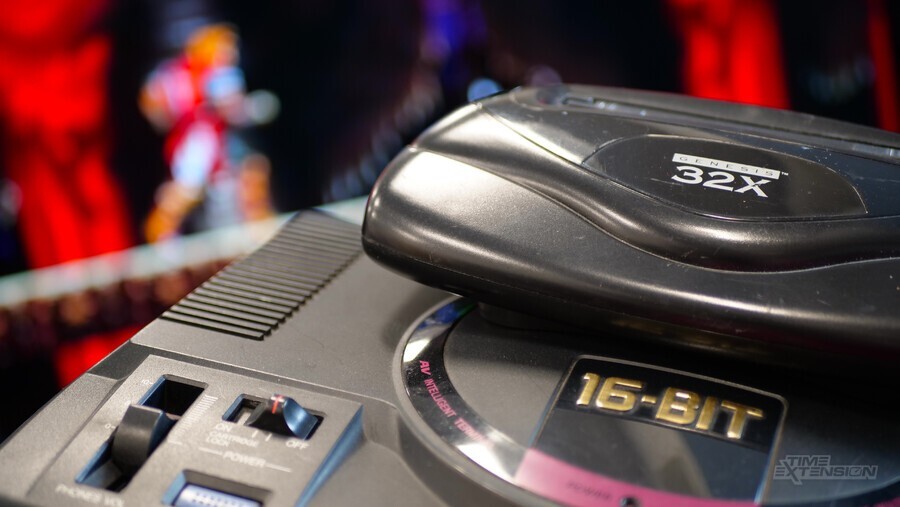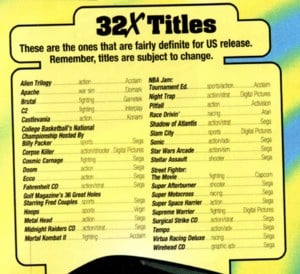
When Konami released Castlevania: Bloodlines on the Sega Genesis / Mega Drive, it marked the long-awaited debut of the franchise on Sega hardware.
Saturn owners would later be treated to a port of Symphony of the Night, but had things gone a little differently, Sega fans would have had bragging rights over their Sony and Nintendo-loving rivals, as there were plans to produce an exclusive Castlevania outing on the 32X (thanks to Super Sisi for reminding us about this).

According to Koji Igarashi, who worked as Castlevania series producer for several years, this venture began shortly after the release of the dating sim Tokimeki Memorial in 1994. Igarashi had worked as a scenario writer on that particular game, and its commercial success resulted in his boss asking him to work on a sequel.
"I told my boss that I couldn't," he said to Eurogamer in 2014. "I'd exhausted all of my tales of romance. I had nothing more to give. He told me that due to Tokimeki Memorial's success, I was allowed to pick the game I wanted to work on next. I immediately said: 'That one,'" referring to Castlevania.
There's a narrative which assumes Igarashi jumped immediately into the production of Symphony of the Night, but that's not entirely true. Initially, he worked on what has since become (incorrectly) known as Castlevania: The Bloodletting.
The 32X Castlevania outing was first announced in the December 1994 issue of Game Players magazine. It's not known how far development actually got; the only evidence that the game existed at all is a trio of sprites for the three main characters: Richter Belmont, Maria Renard and an unnamed rival to Richter. The rival's sprite is clearly based on Richter's design in Rondo of Blood, while the Richter sprite would later be reused as 'Fake Trevor' in Symphony of the Night.

According to Fandom's Castlevania Wiki page, it is likely that the game was cancelled sometime between December 1994 and October 1995, as Igarashi states in the liner notes of Symphony of the Night's soundtrack that he was working on Symphony's scenario while also writing the scenario for Tokimeki Memorial's PS1 remake, which launched in Japan in October 1995. It's therefore obvious that work on the 32X entry had ceased by that point.
It could be that little work was actually carried out on the game beyond creating a few sprites; certainly, the 32X's dismal commercial performance would have been apparent to Konami soon after its arrival at the close of 1994, so it may well have changed its mind on supporting the add-on device with such a high-profile release.

While the 32X game is often referred to as "The Bloodletting", this name seems to have been a placeholder title for what would eventually become Symphony of the Night. A Konami brochure from CES 1995 shows a game in development for PS1 and Saturn which used this title, and a 1995 Konami trademark for "The Bloodletting" is present in the database of the United States Patent and Trademark Office.
Speaking to EGM in 2006, Igarashi elaborates:
Well, there was another Castlevania title being developed on the 32X, but I don't believe the title was The Bloodletting. The game was cancelled before the name was confirmed. This is actually the game I worked on after Tokimeki Memorial. The team for this game was disbanded, but several members, including myself, went on to work on SOTN.
Beyond an unofficial homebrew version of the game (which seems to have fooled more than a few people into thinking it's authentic – check out the footage below), no screenshots or gameplay footage exist.
While it's a shame the 32X never got its own Castlevania, it would be fair to say that it had some small impact on the eventual creation of Symphony of the Night, one of the best instalments in the entire franchise – so it wasn't completely for nothing.
